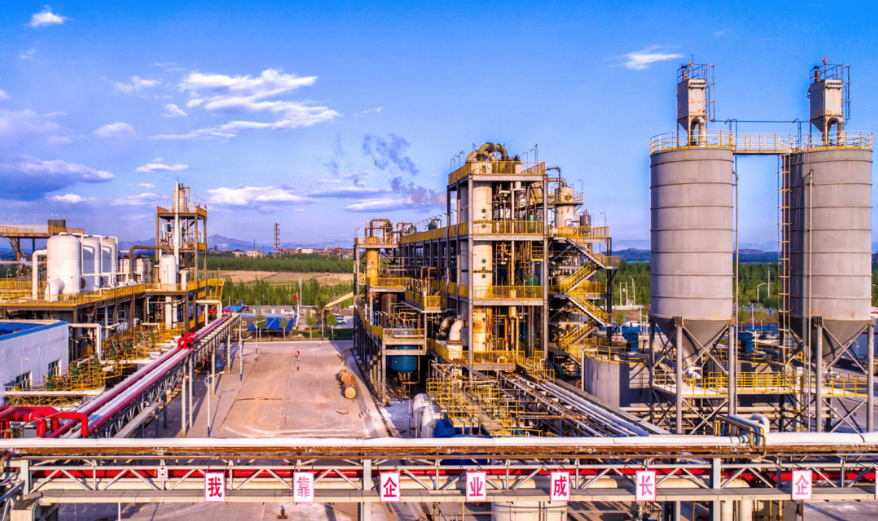Methyl methacrylate (MMA) is a widely used organic compound, primarily known for its role in the production of polymethyl methacrylate (PMMA) and various acrylic resins. The process of manufacturing MMA involves various raw materials, and different production methods are applied based on availability and economic factors. In this article, we’ll dive into the essential raw materials used in MMA production, explore the methods involved, and how these materials come together to create a compound critical to modern manufacturing.
Understanding Methyl Methacrylate (MMA)
MMA is a liquid organic compound that forms the building blocks of numerous plastic products, especially acrylic materials. These plastics are used in a wide variety of industries, including automotive, construction, and healthcare. Due to its transparency, strength, and weather resistance, MMA has become indispensable in today’s manufacturing landscape.
Common Uses of Methyl Methacrylate
Before diving into the raw materials of MMA, it's important to understand why this compound is so valuable. Its primary applications include:
- Acrylic Sheets: Transparent and impact-resistant sheets used in windows, displays, and signs.
- Automotive Components: Parts such as taillights and dashboards benefit from MMA’s durability.
- Healthcare Equipment: MMA is used in medical devices, dentures, and bone cement.
The production of these high-demand items begins with the raw materials used to create MMA.

Key Raw Materials in MMA Production
MMA is synthesized from several key raw materials, each contributing to different methods of production. The most common raw materials include:
Acetone
Acetone is one of the most commonly used raw materials in the production of MMA. It serves as a precursor in the acetone cyanohydrin (ACH) process, one of the most established methods for producing MMA. The process involves:
1. Reacting acetone with hydrogen cyanide to form acetone cyanohydrin.
2. Hydrolyzing this compound to produce methacrylamide.
3. Finally, methacrylamide is converted into MMA through dehydration and esterification.
Isobutylene
Isobutylene is another key raw material. It plays a central role in the isobutylene process (also called the C4 process). This method involves the following steps:
1. Isobutylene is oxidized to form methacrolein.
2. Methacrolein is further oxidized to methacrylic acid.
3. The methacrylic acid is esterified with methanol to produce MMA.
This method is favored when isobutylene is readily available and is more environmentally friendly compared to the ACH process.
Ethylene
Ethylene is also used as a raw material in MMA production, particularly in the ethylene-based process. This process includes:
1. Reacting ethylene with formaldehyde and carbon monoxide to produce methyl propionate.
2. Methyl propionate is then converted into MMA through a series of chemical reactions.
The ethylene process is gaining popularity due to its relatively lower environmental impact and cost efficiency.
Alternative Raw Materials for MMA Production
While acetone, isobutylene, and ethylene are the most common raw materials, other compounds can also be used in alternative MMA production methods.
Methanol
Methanol is used in conjunction with methacrylic acid to esterify the acid into methyl methacrylate. This approach is often used in the isobutylene and ethylene methods to finalize the production of MMA.
Formaldehyde
In certain production processes, formaldehyde is utilized as a raw material. It reacts with other compounds like ethylene to create intermediate products that eventually lead to MMA.
Hydrogen Cyanide
As mentioned in the ACH process, hydrogen cyanide is used along with acetone to produce acetone cyanohydrin, which is later transformed into MMA. This toxic compound requires careful handling but remains an essential part of one of the most widely used MMA production methods.
Different Production Methods of MMA
There are several established methods for producing MMA, with the choice depending largely on the availability and cost of raw materials, as well as environmental regulations. The most common methods are:
Acetone Cyanohydrin (ACH) Process
The ACH process is the traditional method for producing MMA, relying heavily on acetone and hydrogen cyanide. Although widely used, it has significant environmental drawbacks due to the toxic byproducts it generates.
Isobutylene Process
The isobutylene process, also known as the C4 process, uses isobutylene as the main raw material. This method is becoming increasingly popular due to its reduced environmental impact compared to the ACH process.
Ethylene Process
The ethylene process is a relatively newer method and is gaining traction due to its cost-efficiency and lower environmental footprint. It uses ethylene, formaldehyde, and carbon monoxide as primary raw materials.
Environmental and Economic Considerations
In addition to selecting the appropriate raw materials and production process, manufacturers must consider environmental and economic factors. The ACH process, while effective, is facing stricter regulations due to the hazardous chemicals involved. As a result, there is a growing shift toward more sustainable processes like the ethylene and isobutylene methods.
Conclusion
Methyl methacrylate is a vital component in modern manufacturing, with applications ranging from acrylic sheets to healthcare equipment. The raw materials used in its production, such as acetone, isobutylene, and ethylene, play crucial roles in the various methods available for producing MMA. Each process has its advantages and drawbacks, especially when considering environmental impacts. As industries continue to innovate, more sustainable raw materials and processes are likely to emerge. If you’re looking for a reliable supplier for MMA or need more information, don’t hesitate to contact us for further assistance.
















